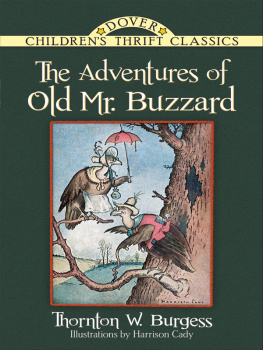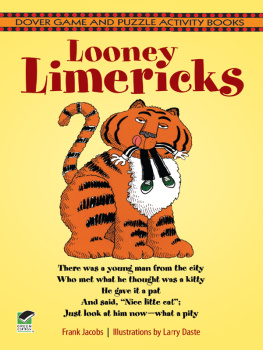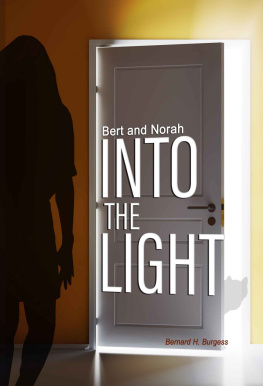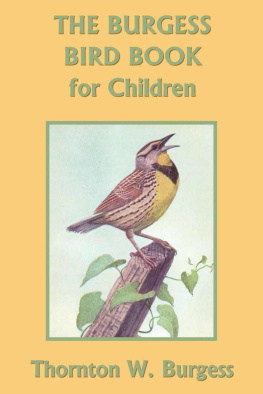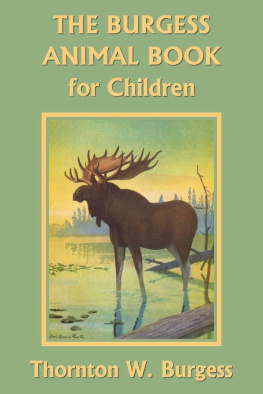Gelett Burgess - The White Cat
Here you can read online Gelett Burgess - The White Cat full text of the book (entire story) in english for free. Download pdf and epub, get meaning, cover and reviews about this ebook. year: 2009, publisher: Ramble House, genre: Prose. Description of the work, (preface) as well as reviews are available. Best literature library LitArk.com created for fans of good reading and offers a wide selection of genres:
Romance novel
Science fiction
Adventure
Detective
Science
History
Home and family
Prose
Art
Politics
Computer
Non-fiction
Religion
Business
Children
Humor
Choose a favorite category and find really read worthwhile books. Enjoy immersion in the world of imagination, feel the emotions of the characters or learn something new for yourself, make an fascinating discovery.

- Book:The White Cat
- Author:
- Publisher:Ramble House
- Genre:
- Year:2009
- Rating:5 / 5
- Favourites:Add to favourites
- Your mark:
- 100
- 1
- 2
- 3
- 4
- 5
The White Cat: summary, description and annotation
We offer to read an annotation, description, summary or preface (depends on what the author of the book "The White Cat" wrote himself). If you haven't found the necessary information about the book — write in the comments, we will try to find it.
The White Cat — read online for free the complete book (whole text) full work
Below is the text of the book, divided by pages. System saving the place of the last page read, allows you to conveniently read the book "The White Cat" online for free, without having to search again every time where you left off. Put a bookmark, and you can go to the page where you finished reading at any time.
Font size:
Interval:
Bookmark:
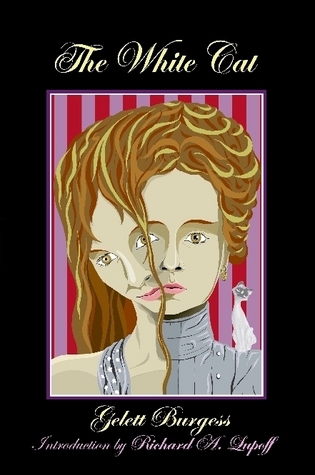
THE WHITE CAT
By Gelett Burgess
CHRISTINE AND SALLY AND JOY AND EDNA,
LET ME COUNT THE WAYS
Theres probably no child alive who hasnt played at having a secret or second identity, whether it was Superman or Wonder Woman, a pirate, an astronaut, or a cowboy. Its harmless fun and part of growing up. For that matter, its the rare adult who has never indulged in a daydream of talent, wealth, power, or beauty. But what would happen if our other self achieved an independent existence, either in a separate body or perhaps even more frighteningly, in our own? What if that other self could seize power, either suppressing our original identity or ousting it completely and taking over our existence?
Its been happening for as long as we have records. Until the latter years of the Nineteenth Century the phenomenon was regarded as supernatural in nature. One was possessed by an angel or demon or Satan himself. The notion that a physical or psychological explanation was possible appeared as early as 1886. Robert Louis Stevenson described the alternation of two selves in one body in The Strange Case of Dr. Jeckyll and Mr. Hyde. The good Jeckyll could invoke the evil Hyde by ingesting a drug. Hyde could switch back to Jeckyll with another dose. Then Hyde started appearing uninvited, suppressing the Jeckyll personality against the latters will.
In actual cases of dissociative identity disorder or multiple personalities a chemical stimulus is not involved. Psychologists posit that a shocking experience, usually in childhood or adolescence, causes a portion of the personality to split off, forming a separate identity of its own. In many cases there are not two but many personalities, often quite different from one another in behavior and temperament. They adopt different names and modes of dress. They may be aware of one another to varying degrees, sometimes sharing memories, sometimes holding them back from one another.
The pioneer explorer of this disorder was Boston-born Morton Henry Prince (1854-1929). The seminal work in the field of dissociative identity disorder is Princes The Dissociation of a Personality (1906). Princes subject was one Clara Norton Fowler, whom he described under the pseudonym Christine Beauchamp. A gloss of Princes work describes Christine as characterized by seriousness, sensitivity, scrupulousness, and personal reticence. Her most prominent other self he called Sally, described as gay, relatively insensitive, carefree, and attention loving.
Enter Gelett Burgess (1866-1951). A fellow Bostonian by birth, Burgess became a prominent author and bon vivant. It is a matter of speculation as to whether the quiet and dignified Prince and the flamboyant Burgess ever met, but there can be little doubt that Burgess was familiar with Princes publications.
Burgesss novel The White Cat (1907) appeared on the heels of Princes most important publication. Princes description of Christine/Sally Beauchamp is a virtual template for Burgesss Joy/Edna Fielding. Prince utilized hypnotism in his treatment of Miss Beauchamp, as Burgesss Dr. Copin does with Miss Fielding. The dissociation of Miss Fieldings personality is described as originating in a shock when she was thirteen years old, the same age as Miss Beauchamp when she suffered a similar shock.
The modern reader may find the treatment introduced by Burgesss male protagonist, Chester Castle, unlikely to have succeeded, but we must bear in mind that the study and treatment of dissociative personality was in its infancy when Burgess wrote The White Cat.
A second fascinating aspect of Burgesss novel is his treatment of the race theme. The character of Leah is portrayed with remarkable sensitivity and dignity for so early a work. The portrayal of King, a Chinese employee of the Fielding household, is more of a comic caricature, certainly objectionable to the modern reader. But we take note (without giving away too much of the novels plot) that King provides a critical insight without which the cure of Miss Fielding would have been impossible.
Largely forgotten until reissued by Surinam Turtle Press, The White Cat was far ahead of its time. Scores of authors have utilized its themes. These include Stanley G. Weinbaum (The Dark Other, 1950), Shirley Jackson (The Birds Nest, 1954), Philip K. Dick (A Scanner Darkly, 1977), Mary Higgins Clark (All Around the Town, 1992), and even the undersigned, Richard A. Lupoff (The Triune Man, 1976).
Yet, despite the passage of more than a century, Gelett Burgesss The White Cat retains the power to shock and to move the reader.
Richard A. Lupoff
Berkeley
April 2008

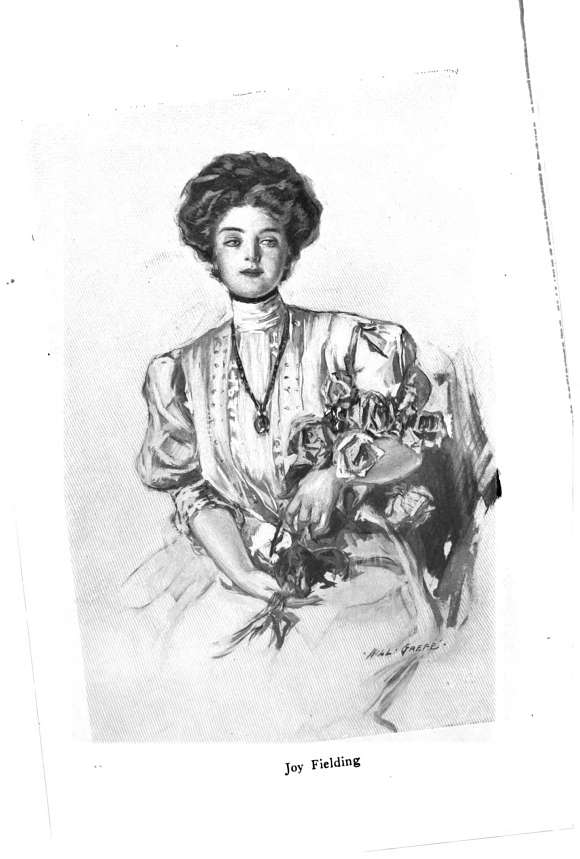

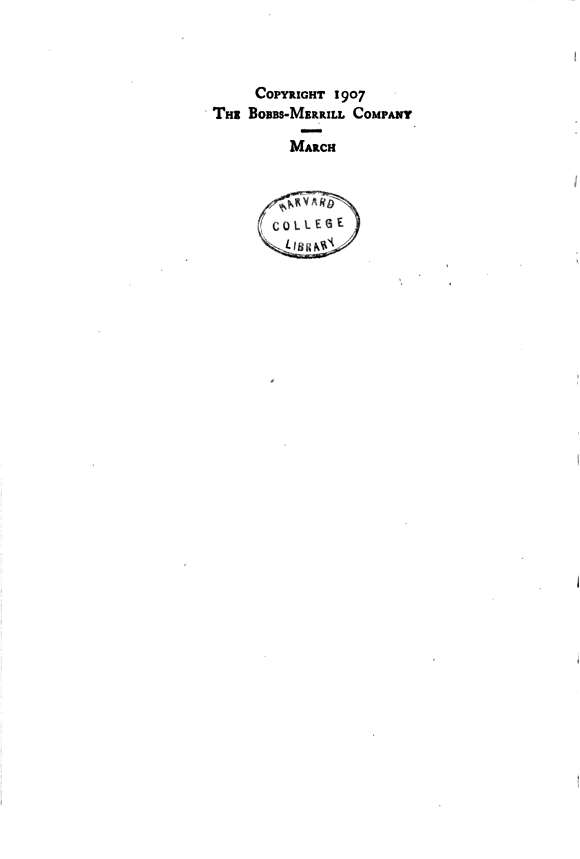


THE WHITE CAT
I came tp myself with a disturbing sense that something was wrong with me. My discomfort, increasing steadily, resolved itself into two distinct factorsa pain in my side at every breath and a throbbing ache in the top of my head. I realized that I was in bed, and the first strangeness of it struck me. I could not account for it. The wild, spicy odor of flowers came to me, adding to my perplexity. Then I opened my eyes.
The place was so dimly lighted that for some seconds my sluggish wits were unable to interpret the blotches of shadow and the vague glimmering spots. These, however, gradually resolved themselves into comprehensible forms. I perceived that I was in a strange room, large and airy; for even in the obscurity I got a feeling of free, clean space, and of that chaste emptiness which is apt to distinguish the guest-chamber of a well-kept house. I heard, now, the steady, deliberate ticking of a clock a little way off, and somewhere below was a small grinding sound, so low as to be almost a mere vibration, like a coffee-mill in operation. Near by, a door closed and latched softly.
I moved and attempted to sit up, but a sharp stab in my side warned me that my hurt was perhaps more serious than I had thought. There was a lump on my head, too, which probably accounted for my lapse of consciousness.
Setting my memory painfully to work, groping back through the darkness of my mind for something to explain the mystery, much as one might descend a dark, unlighted stairway, I came upon the last fact that had been recorded by my brain. I had been putting on speedthe road through the woods was straight, level and desertedhoping to get up to town early in the afternoon. The steering-gear of my motor-car had given way. I had felt the wheels suddenly veer, then, hefore I put on my brake, the front of the car went down and the rear was thrown up and over with the momentum, sending me flying through the air.
I wondered, lazily, how much the machine had suffered. Then, I must have dropped off to sleep again, for when I next opened my eyes there was a flickering ray of light in the room. This time I was keenly alert mentally, desirous of some explanation of my situation. Where was I, and who had cared for me ?
Font size:
Interval:
Bookmark:
Similar books «The White Cat»
Look at similar books to The White Cat. We have selected literature similar in name and meaning in the hope of providing readers with more options to find new, interesting, not yet read works.
Discussion, reviews of the book The White Cat and just readers' own opinions. Leave your comments, write what you think about the work, its meaning or the main characters. Specify what exactly you liked and what you didn't like, and why you think so.


